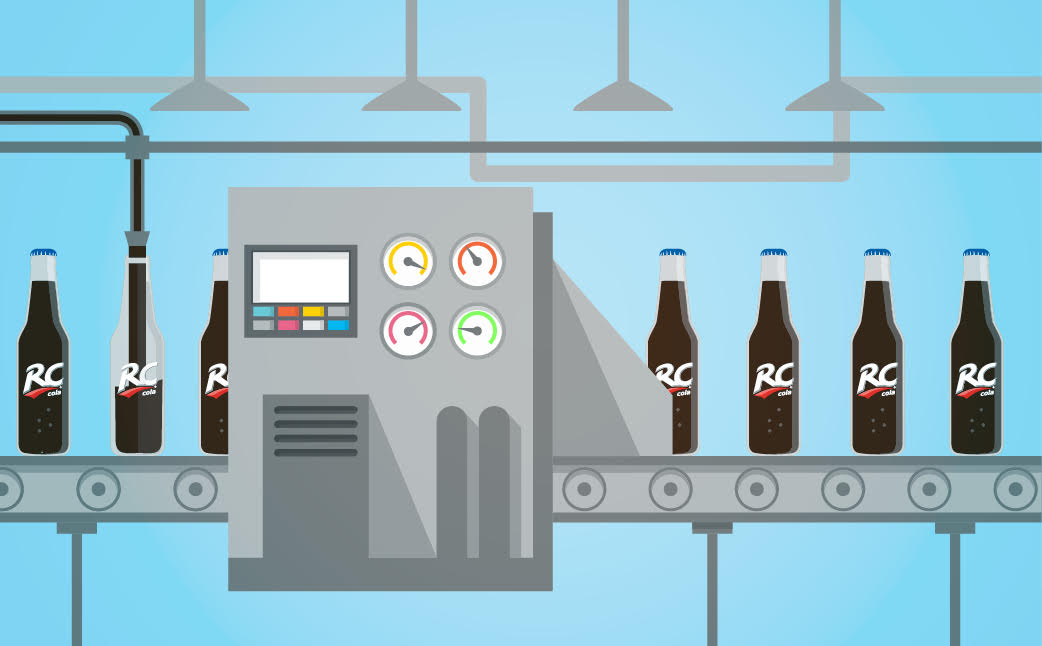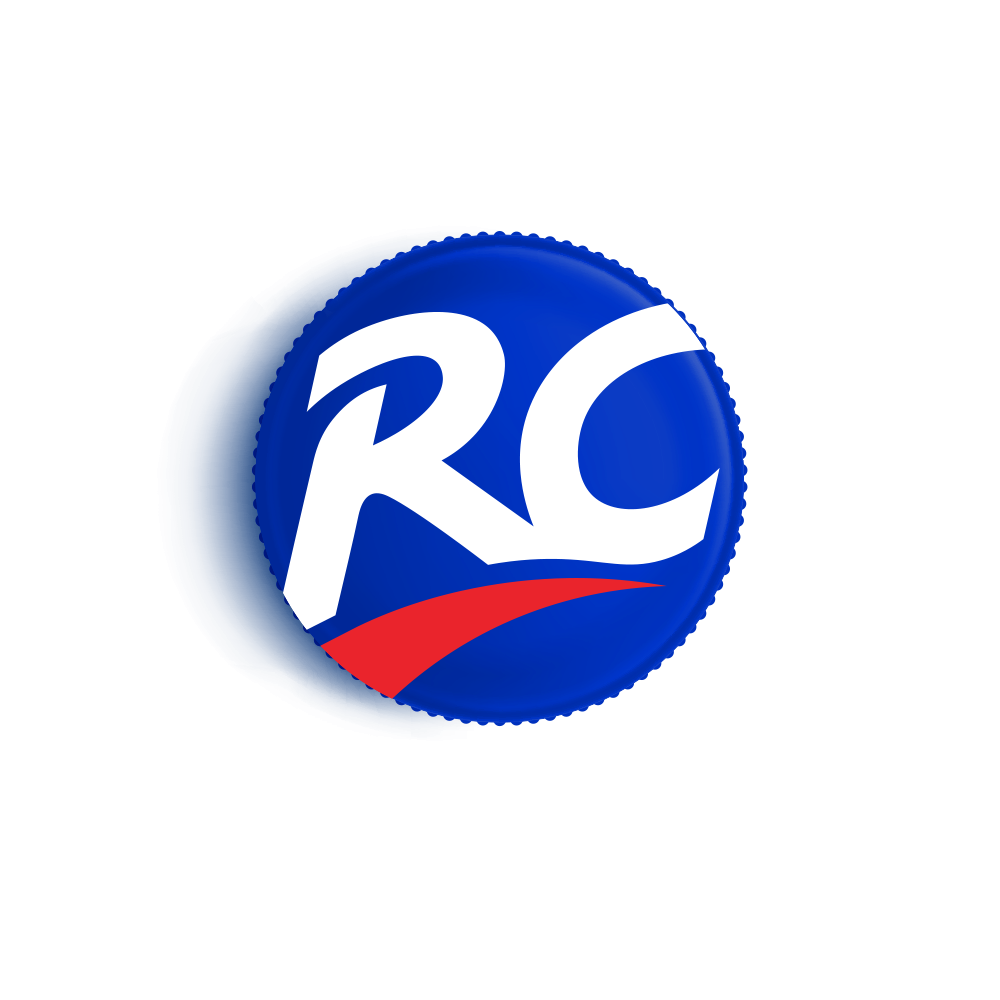The increased competition in the beverage industry means you need to produce beverages that clearly rise above the rest. While there’s no particular recipe for success, there are certain areas where it’s easy to cut corners. But actually, cutting corners does can a big difference.
For example, having the right machinery, using only quality ingredients, being 100% on top of certification and compliance, continuously testing your products are all areas where it’s so easy to slip and compromise standards. But the reality is when these four best practices in beverage development are not followed, you can sacrifice the reputation of your product – and notably, risk losing your most loyal brand ambassadors - your consumers.
Best Practice 1: Machinery – Get It Right!
It’s important to get the right machinery in place for beverage production. Bottle blowing equipment turns the pre-forms into the final PET (polyethylene terephthalate) bottles, while bottle washers clean and sterilize returned glass bottles to ensure they are free of any foreign matter, thereby preventing illness. Water treatment and filtration equipment ensure that the water meets quality standards. Mixing and proportioning equipment mix the ingredients and ensure that the proper syrup to water ratio is obtained. Filling machinery automatically fills up the empty bottles or packages and right type of seal or closure are applied.
Innovation is essential when it comes to the machinery used in today’s beverage production ecosystem. And recent technological breakthroughs are having a real impact. As pointed out by newGenApps, these innovations are making a large contribution to quality control and faster speed when it comes to staging or sorting products. Warehouse management systems and automatic guided vehicles are gaining popularity and making a notable difference in the industry’s work process.
Innovative technology used in beverage production includes digital imaging, which is used to identify and classify ingredients; instruments that analyze the liquid density of alcohol, dairy and other beverages; and monitors that check the temperatures for pasteurization of hot fill products.
Sometimes, to improve manufacturing performance and operational excellence, it may be necessary to change the work process and adjust how machinery is used – i.e., to innovate and reorient production for maximum throughput, cost control, and labor savings.
Best Practice 2: Get Into the Nitty-Gritty With Top Quality, More Functional Ingredients
These days, it’s not only about the quality of the ingredients. It’s more complex than that. It’s not just a question of quality but of offering healthier drinks that promise functional benefits.
As Natural Products Insider emphasizes, consumers are increasingly attracted to beverages whose ingredients provide an energy boost or promise to improve their health. And a range of newly-developed ingredients and technologies have made it possible to provide innovative, more functional offerings. The health benefits that drinks can provide are many and varied. For example, in addition to vitamins and minerals – there’s probiotic bacteria, associated with gastrointestinal, immunological, and inflammatory benefits, which can be introduced into dairy or plant-based beverages. And dairy drinks can be enriched with omega-3 fatty acids, a-linoleic acid, EPA (eicosapentaenoic acid), and DHA (docosahexanoic acid), which are connected to the regulation of lipid levels and cardiovascular markers. In addition, drinks that are energy boosters are increasingly in demand.
The emphasis on functional beverages is driven by consumer preferences. Throughout 2018, the most trending product claims on the market (according to Martin Caballero of BevNet) were animal and plant-based protein, sugar reduction, clean label, digestive health, botanicals/florals, earthy/spicy/complex, and tart. Looking ahead to 2019, Drinkpreneur points out that collagen-infused beverages (also known as beauty beverages, as they’re good for your skin) and cannabis-infused beverages are likely to be trending.
Put somewhat differently, according to Emily Page of New Hope: Primary drivers this year relate to the fundamental fact that consumers are moving away from sugary, caffeine-laden drinks and looking for healthy, environmentally-friendly alternatives. All this introduces new challenges for beverage producers, as the increased demand for clean label products, reduced-sugar products, and organic ingredients means producers are working harder to maintain consistent great taste AND offer functional benefits – without using artificial colors or preservatives.
Best Practice 3: You Need to Score a 10 out of 10 on Certification and Compliance
We know it’s a headache but it’s beyond essential.:You can’t succeed in the beverage industry without the appropriate certification and compliance regulation. Unfortunately, regulatory requirements are ever-changing and remaining at the forefront of these regulations is non-negotiable.
An example of shifts in certification and compliance regulation is explained by SpecPage. The EU requires all beverage manufacturers to label packages with specifications related to the “Big Seven” - calories, fat, saturated fatty acids, carbohydrates, sugar, protein, and salt content. Proportions of 100 grams or 100 milliliters of the product must be displayed on the label so that customers can understand how a beverage fits into their nutritional requirements.
This growing demand for more rigorous labeling means that in the beverage production process, the procurement team needs to work much more closely with suppliers – ensuring all ingredients meet the strictest requirements. Sourcing regulatory issues falls into the clean label category. And there are other kinds of regulations, too. For example, the demand for kosher food, which meets Jewish dietary requirements, and for halal, which is ritually fit according to Islamic law.
Best Practice 4: Test, Test, Test!
Even with the best work processes and the most advanced machinery, no matter how airtight your quality control is, sometimes a problem slips through. And that’s why testing is so important.
Part of beverage production involves quality and production tests that check solids content, carbonation, acidity, microbiological integrity, shelf life, and other parameters. The tests include pH and titratable acidity, Brix, carbonation and more – and are essential for assuring the palatability and consistency of beverage products.
Testing takes place in two types of labs: sensory and analytic. Sensory labs (such as this one at Michigan State University) are used to conduct sensory testing – validating tasting for consumers. Both analysts and average consumers are involved in this testing, in which samples are passed around. The sensory lab analyzes attributes such as matching a local brand, the predictability of the result, and whether testers can tell the difference or identify a brand new formulation.
Analytical labs are commonly used in the beverage industry for checking food safety, nutrition, and quality. The tests include chemical, microbiological, and physical contaminants to ascertain compliance with local, national, and international regulations. Instrumentation used for testing includes ion, liquid, and gas chromatography, metal analysis, mass spectrometry and data management.
The juice production process is a classic example of a production process that requires careful analytical testing. Pesticide residues testing in juices must ensure compliance with Maximum Residues Levels (MRLs) or tolerance levels of pesticides in foods. As part of the testing process, analytical labs detect, quantitate, and identify hundreds of different pesticides.
Check out our blog on the top 20 beverage development terms you need to know.
Stand Out in the Crowd By Following These Best Practices in Beverage Development
Your beverages will be the desired “cut above the rest” if you follow these four best practices - ensuring the use of the right machinery, buying only the highest quality ingredients, staying strictly in line with certification and compliance regulations, and testing your products effectively.
These methods are part of what gives RC Cola International added value – with our R&D team that carefully follows best practices and ensures our products have optimal value. Adopting these approaches makes all the difference in today’s beverage production environment – giving your beverage products that edge you need – and helping you succeed and thrive in a highly competitive beverage ecosystem.




